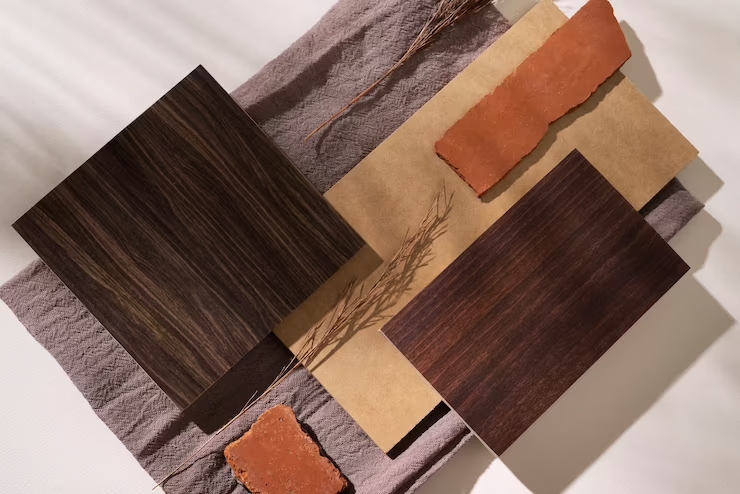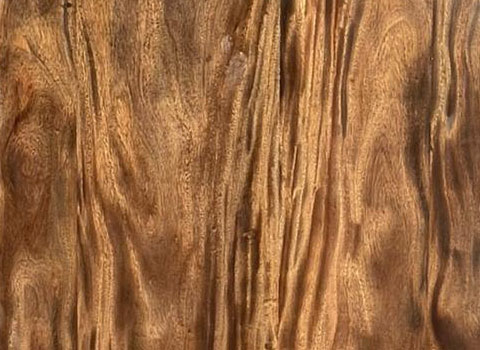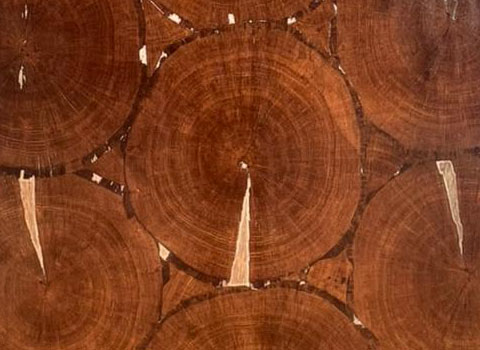Why Choose Us
We strive to develop and maintain strong relationship with our Business Partners, Direct Clients, Distributors and Agents.
We at Kings Veneer never comprise on the product quality and develop high-quality products that you can always rely on it
Our team of highly qualified and experienced professionals helps us understand and meet the needs of our customers.

Welcome to Kings Veneer
King’s Veneers is one of the leading manufacturers & wholesalers of veneers
in India. These veneers are manufactured under four stages of the industrial process composed of Smoking, Taping, Pressing, and Finishing.
We provide high-quality veneers, supported by superior service and dependability at a competitive price. Our business is dedicated to providing
a pleasant and respectful environment for our customers, employee, and their families.
Our Products
Compared to wood, one of the primary advantages of using veneer is stability. While solid wood can be prone to warping and splitting, because the veneer is made of thin layers of wood glued together, the chances of splitting or cracking are reduced. further, the glue used provides additional strength, making the end result stronger than natural wood.
Initially, for manufacturing veneers, wooden logs are sliced into flitches with specific cutting methods to achieve a required grain pattern. Veneer flitches are then dried and graded. All these graded flitches Undergo treatment such as Fumigation, Dying, and Weathering. According to the Client’s requirements, the patterns and layout are prepared, the sheet goes for Pressing. Finally, the sheet goes through the finishing procedure and a quality check is done. the best quality products are labelled packed for dispatch.
Grouping Veneers

Veneers are broken down into groups to resemble similar designs and colors

Veneers are broken down into groups to resemble similar designs and colors

Veneers are broken down into groups to resemble similar designs and colors